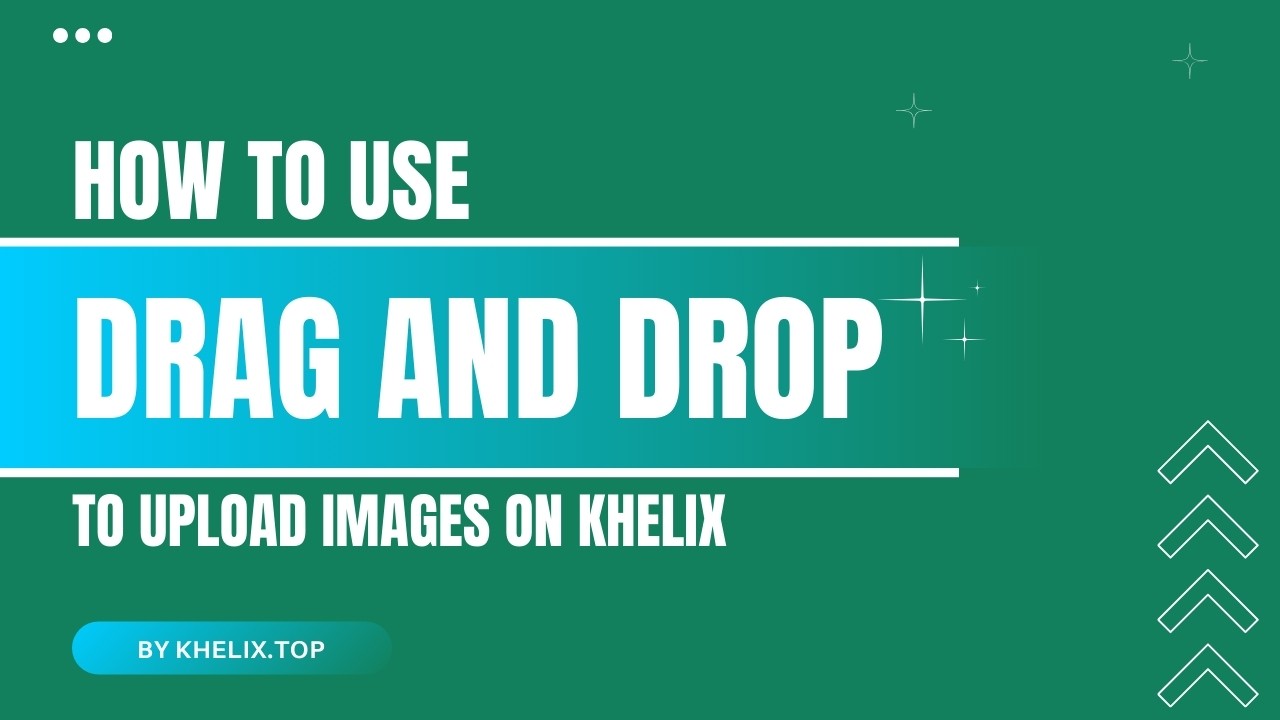How to Monitor Image Views on Khelix
Tracking how often your images are viewed can give you valuable insights — whether you're monitoring traffic to marketing materials, checking engagement on shared content, or simply gauging interest in your visual portfolio. While Khelix focuses on lightweight, privacy-respecting image hosting, there are still effective strategies you can use to monitor image views and track audience interactions.
In this post, we’ll explore what Khelix currently offers in terms of view tracking and how you can supplement that with external tools to measure performance accurately.
Does Khelix Offer Built-In View Tracking?
As of now, Khelix does not provide built-in analytics like view counters or impression statistics. The platform is designed to be fast and minimalist, prioritizing image delivery and link sharing over tracking.
However, this doesn’t mean you're out of options. With a few practical techniques, you can still monitor when and how your images are accessed.
Methods to Monitor Image Views
1. Use Redirect Links with URL Shorteners
One effective method is to wrap your Khelix image URLs inside a URL shortener that provides analytics. Services like Bitly, TinyURL, or Rebrandly can track:
-
Total clicks
-
Geographic location of visitors
-
Referring sites
-
Time and date of access
How to do it:
-
Upload your image to Khelix.
-
Copy the direct or view link.
-
Shorten it using Bitly or a similar service.
-
Share the shortened link and track views through the shortener’s dashboard.
2. Embed in Pages with Analytics Enabled
If you embed Khelix images on your own website, you can track image views indirectly through site analytics. For example:
-
Google Analytics can show which pages were visited.
-
Heatmaps like Hotjar or Microsoft Clarity reveal where users clicked or scrolled.
-
If your Khelix image is embedded on a specific landing page, you can assume image views match page visits.
This is especially useful for:
-
Marketing campaigns
-
Blog content
-
Portfolios hosted on personal sites
3. Use Web Server Logs (Advanced)
If you're embedding Khelix-hosted images into your own website or application, your server logs can show how often image files are requested. This method requires technical access but provides raw data for analysis.
For example, your logs might show:
GET /images/banner1.jpg HTTP/1.1
Referer: https://yourwebsite.com/page
From this, you can measure how often the image is loaded and from where.
Things to Consider When Tracking
While monitoring image views is helpful, be aware of the following:
-
User Privacy: Respect the privacy of your audience. Don't use tracking techniques that collect personal data without consent.
-
Ad Blockers: Many users have blockers that prevent tracking URLs from registering properly.
-
Caching: Some browsers and platforms cache images, meaning one view could result in multiple impressions — or vice versa.
This means your analytics may not be 100% precise, but they’re still useful for general trends.
Alternative Strategy: Uploading Multiple Versions
If you want to compare which image design or format gets more engagement, consider uploading multiple variations:
-
product-banner-red.jpg -
product-banner-blue.jpg
Share each version in different contexts or platforms and track which shortened URL gets more clicks. This gives you real-world performance data on your visual content.
Should Khelix Add Native Analytics?
Many users appreciate Khelix’s simple, fast interface. Adding heavy tracking features could complicate the experience or compromise privacy. However, a lightweight view counter or basic dashboard for registered users could be a valuable future feature — especially for creators, marketers, and business users.
If you’d like to see native view tracking on Khelix, consider providing feedback to the platform admins. Your voice matters in shaping its development.
Final Thoughts
Even though Khelix doesn’t yet offer built-in analytics, you can still monitor image performance using smart tools like URL shorteners, web analytics platforms, and indirect tracking methods. These techniques allow you to understand how your images are being used, where your audience is coming from, and which visuals are generating the most attention.
With the right strategy, Khelix can be a powerful part of your visual content analytics workflow.








Comments (0)